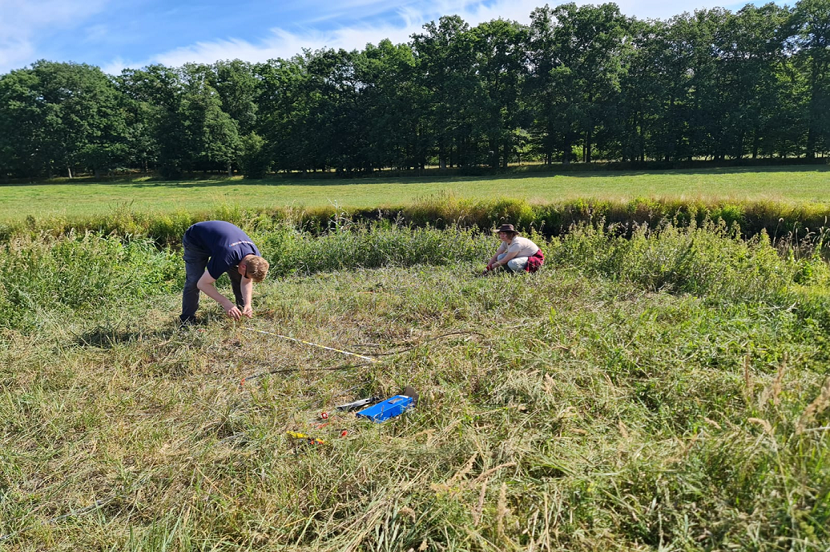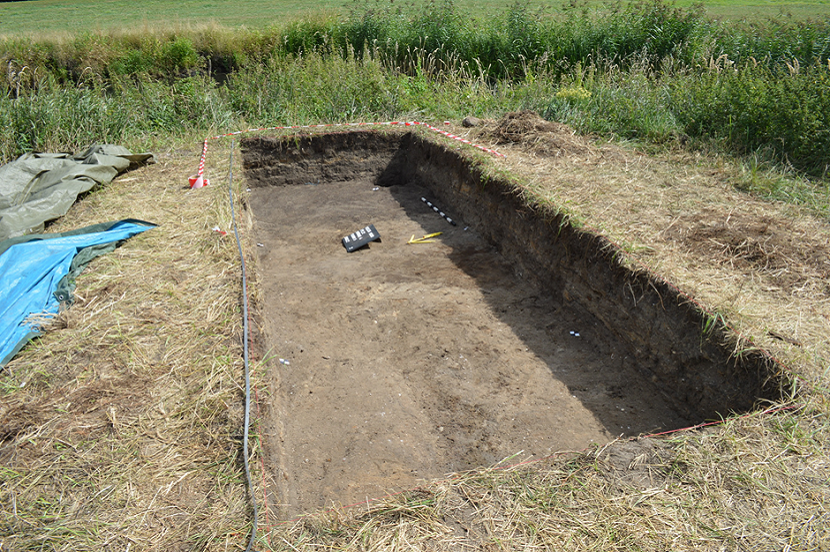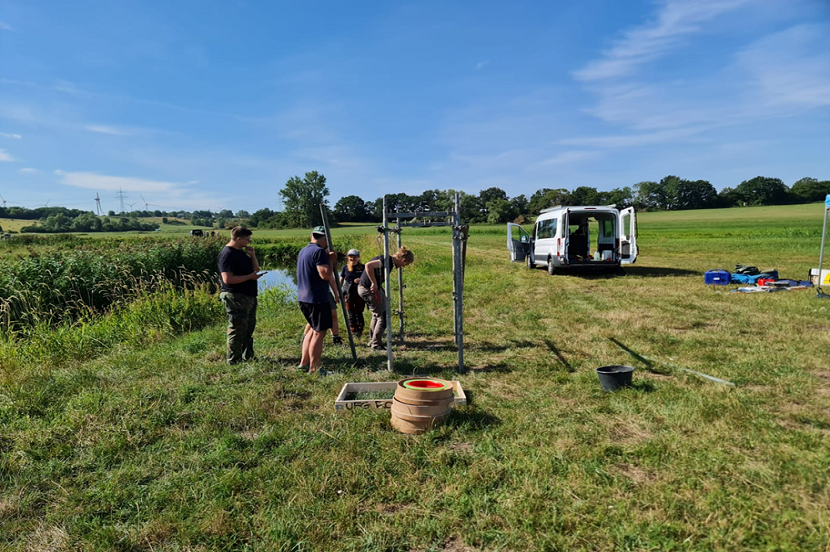Tollense field school - Part 3
Weblog
During the first two weeks of August 2022, students from Leiden University, University Rostock and University of Göttingen have joined the Tollense Field school to research an archaeological site in the Tollense Valley in northern Germany. The Cultural Heritage Agency participates in this field school to support capacity-building of a younger generation maritime archaeologists and to facilitate international knowledge exchange. In these series of blogs, students and partners tell about their experiences. Read more about this international fieldschool and the Tollense valley in the first weblog. Student Katharina Bootz and Uwe Sperling of the University of Rostock tell about the fifth and sixth days of the field school.
At the archaeological Summer Field school in Tollense Valley there are two land and one underwater excavation sites. See also our first two blog contributions. This new blog entry is about the research on land executed by the team from the University of Rostock.

This team is working directly along the river Tollense, as their main research question is related to activities carried out in the river in the 1960s and 1970s when Germany was divided and the river Tollense was part of East Germany. In those days, the river has been regularly dredged to deepen the riverbed for water drainage and boat operations. The sediment was deposited on the riverbanks.
The Rostock team is now excavating one of those heaps made of ‘secondary deposit’ sediment in order to determine possible human-related assemblages and cultural layers in the water and the effects of dredging Tollense river.
Right under the topsoil, the team already found numerous bone fragments, from humans and animals, but mostly these were only small fragments likely due to the dredging and grading works. Among the archaeological objects, there is even a flint arrowhead, possibly relating to the Tollense conflict as described below.

Each recorded sediment layer was documented (incl. 3D photogrammetry) and the findings (including bones) were measured in with GPS. In excavating this secondary deposition along the riverbank, the Tollense team gets new data and information about past activities in and around the Tollense river – particularly from the Neolithic and Bronze Ages.
